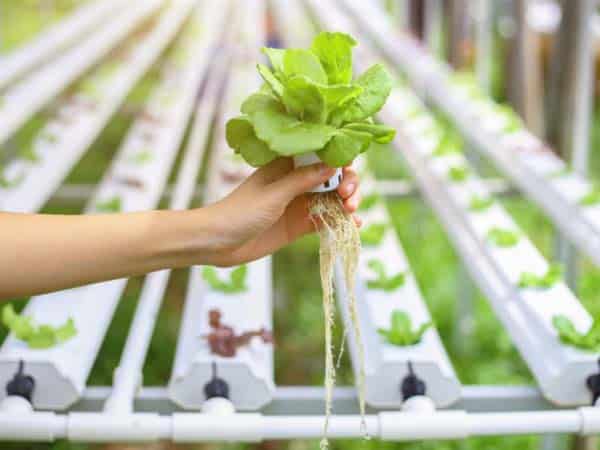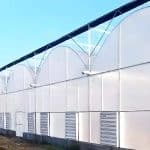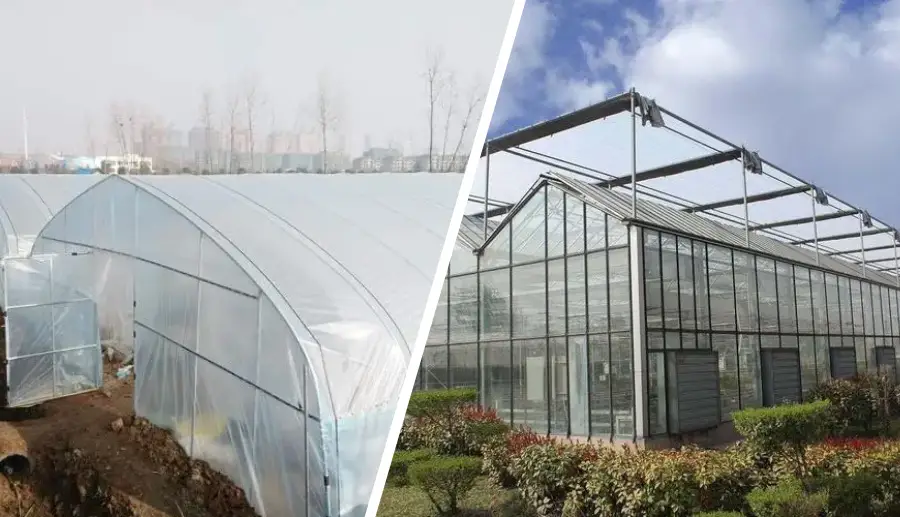
In modern agriculture, choosing the right greenhouse structure is essential for improving crop yield and quality. You might have encountered the terms “Polytunnels” and “Greenhouses” and wondered which is better. In this article, we will compare these two types of greenhouses in terms of construction, cost, pros and cons, and application scenarios. This will help you choose the best type of greenhouse for your specific needs.
Definition and Types of Polytunnels
First, let’s understand what a polytunnel is and how it’s constructed. A polytunnel is usually supported by curved steel pipes covered with plastic film. This structure provides a cost-effective and flexible way to protect crops from bad weather and pests. The plastic film used for polytunnels comes in various options, is affordable, and is easy to use. It can improve the growing conditions of your crops, increase yields, and enhance quality. This is why both flower and fruit farmers often use polytunnels.
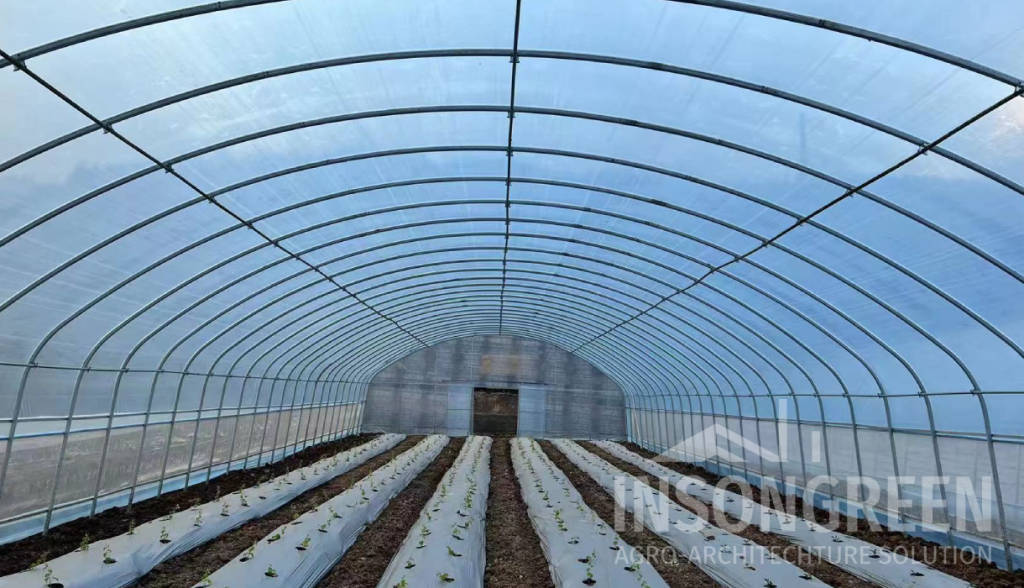
Polytunnels can be classified into high and low tunnels based on height and space. Both have a semicircular structure covered with plastic film. Low tunnels have smaller frames and cost less than high tunnels, making them popular in home gardens or orchards. Users can easily build low tunnels by DIY-ing the frame with bamboo sticks or metal wires and then covering it with plastic.
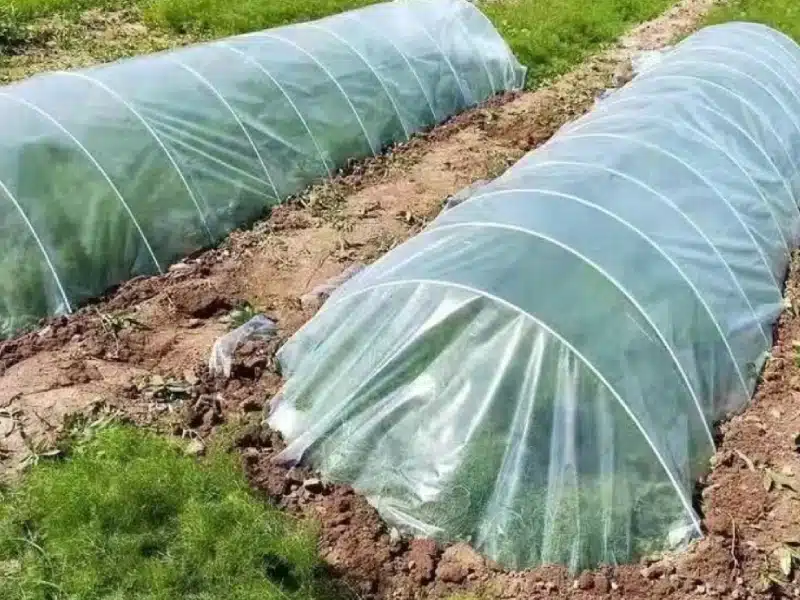
High tunnels, on the other hand, are more robust with higher arches. This allows workers and larger agricultural machinery to operate inside the polytunnel. If you need better control of the greenhouse environment, you can equip high tunnels with basic facilities like side vents for better ventilation and temperature control. High tunnels are more durable and costlier but offer larger space and better control, making them suitable for large-scale farming operations.
Definition and Features of Greenhouses
Broadly speaking, polytunnels are a type of greenhouse. The main difference is that greenhouses can also use glass or polycarbonate panels for covering, with a more solid steel structure. Greenhouses look more like houses with square shapes and ridge or flat roofs, whereas polytunnels have a semicircular shape.
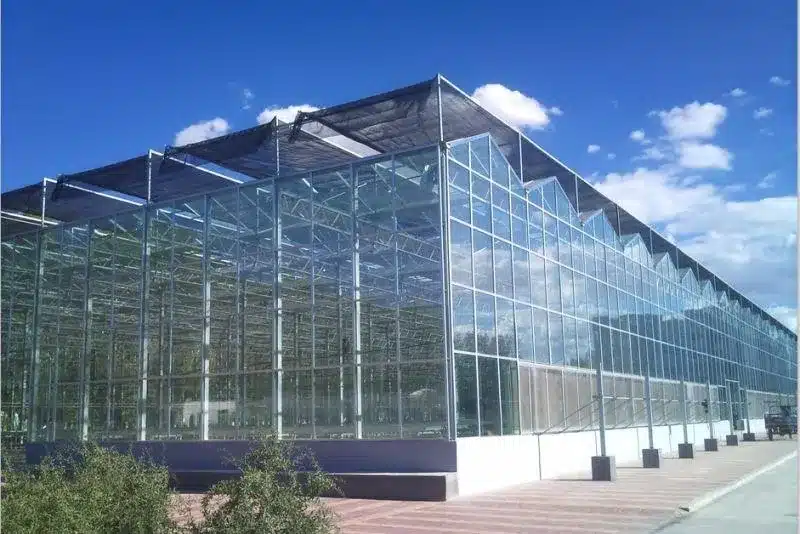
Glass and polycarbonate greenhouses are usually more expensive than polytunnels. However, they often come with advanced environmental control systems, which can better simulate the ideal conditions for crop growth, leading to higher yields and better quality.
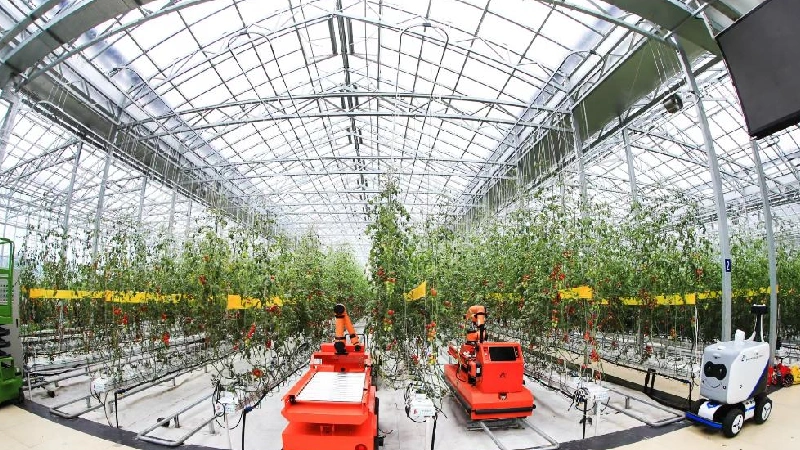
Polytunnel vs. Greenhouse
Next, we will explore the 7 differences between “polytunnel” and “greenhouse”, helping you better understand their meanings, advantages, and disadvantages.
1. Cost-Effectiveness
Polytunnels are significantly cheaper than most greenhouses, and the smart technology in greenhouses increases their cost. Plastic tunnels are quick to build, cost less, and are easy to construct. In contrast, glass greenhouses have longer construction periods, higher costs, and stricter quality requirements. Tunnels are mainly used in spring, summer, and autumn, maintaining an optimal growth temperature of 15 to 30°C through insulation and ventilation. Smart greenhouses, however, can control the environment throughout the year, leading to higher long-term benefits.
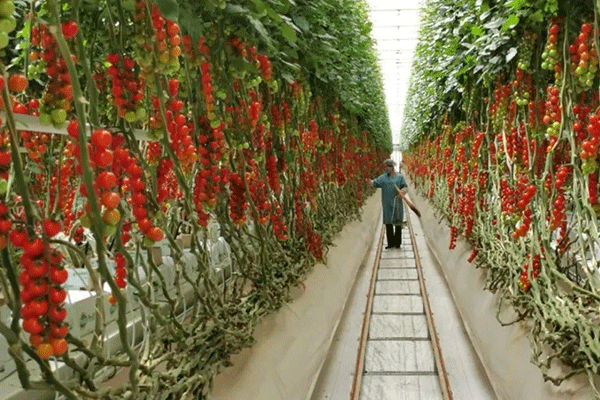
2. Durability
Plastic films are prone to aging and less resistant to wind, rain, hail, and other natural elements, making them less durable. Glass materials, with high strength and resistance to corrosion and UV light, make glass greenhouses very durable. They can last over 25 years, while polycarbonate greenhouses can last over 10 years. A glass greenhouse might be the best choice for a long-lasting, efficient greenhouse.
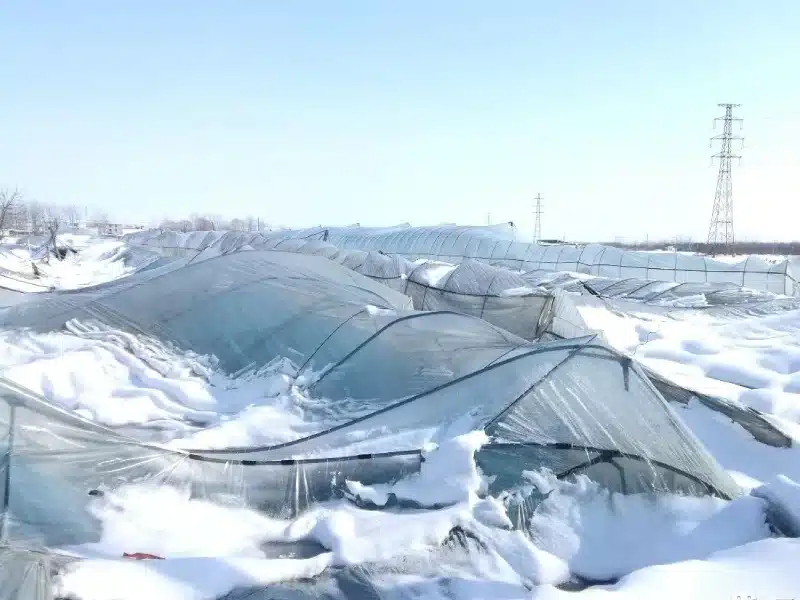
3. Space Utilization
Polytunnels are lower in height than greenhouses, leading to lower space utilization. Even high tunnels, with their arched design, do not utilize space as efficiently as square or multi-sided greenhouses. Glass greenhouses can be built up to 20 meters high, offering better space utilization.
4. Insulation
Plastic tunnels warm up quickly during the day but lose heat at night. This can cause high temperatures in the summer and low temperatures in the winter, which is not ideal for crop growth. Greenhouses, with their smart systems, can better control the environment, maintaining good insulation day and night and reducing planting costs.
5. Lighting
Polytunnels might face lighting issues due to their small area or low height. Plastic films have lower light transmission and do not diffuse light, leading to concentrated light. Greenhouses, being larger and taller, provide better lighting, with light transmission rates of up to 80% for PC panels and 97.5% for glass. This ensures even lighting, preventing damage to crops.
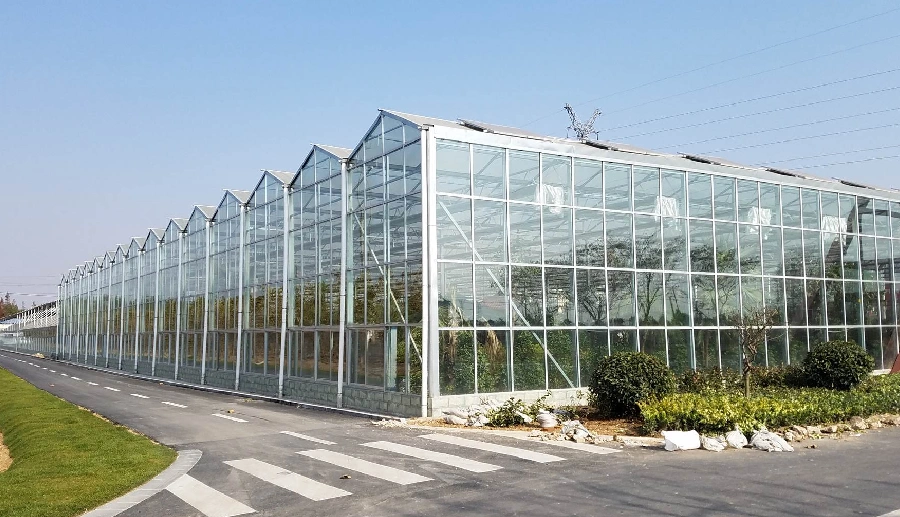
6. Automation
Polytunnels often rely on manual labor and experience-based farming, which is labor-intensive and less automated. Greenhouses usually use computer-controlled smart systems, offering diverse planting models, high yields, and features like automated ventilation and shading. This can save labor costs and reduce crop diseases.
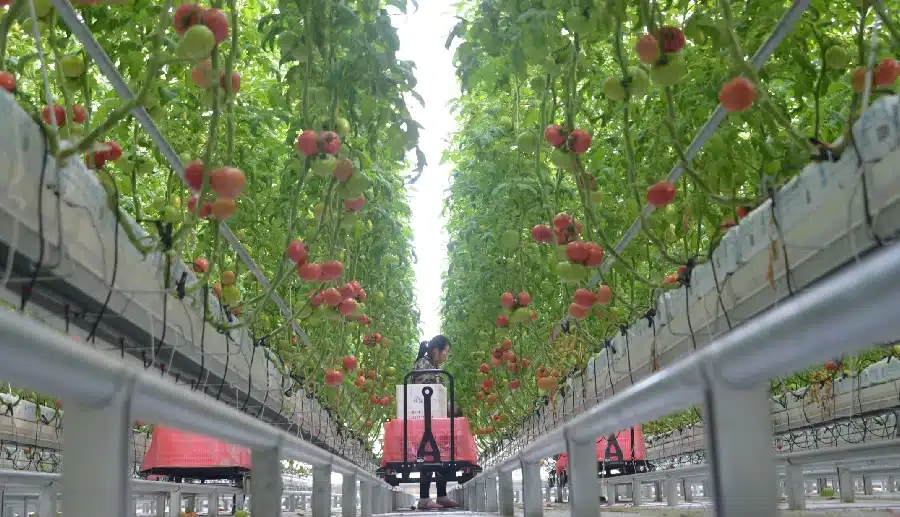
7. Applications
Polytunnels are usually used for crops that do not have extreme environmental requirements. Due to their lower cost, they are suitable for amateur gardeners or small-scale farmers. They are ideal for growing seasonal vegetables and fruits like tomatoes, peppers, strawberries, and grapes. Polytunnels are also used to extend the growing season and protect crops from light frost. High tunnels are used for high-quality vegetables and flowers, are suitable for early spring and late fall crops, and provide higher profits.
For professional agriculture or specialized greenhouses, greenhouses are a better choice. They are suitable for high-value plants and medicinal herbs. Seasonal vegetables can be produced year-round in smart greenhouses, especially in extreme climates. Greenhouses are also used in research to provide ideal conditions for scientific projects.
Conclusion
When deciding between polytunnels and greenhouses, consider their advantages and limitations and your specific needs. Polytunnels offer cost-effective and easy-to-install solutions for beginners or small-scale farming. In contrast, although more expensive, greenhouses initially provide precise environmental control suitable for year-round commercial agriculture.
Whether you want to build a polytunnel, high tunnel, or greenhouse, INSONGREEN can provide quick feedback and professional construction plans. Collaborate with us to start your efficient agriculture industry.


